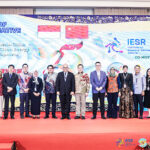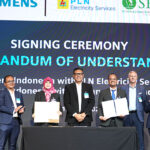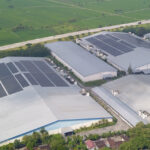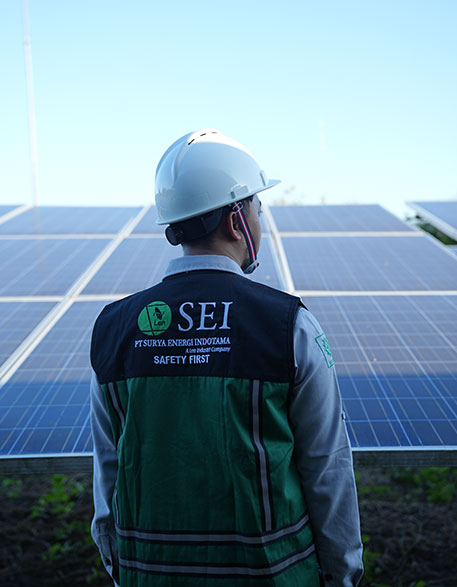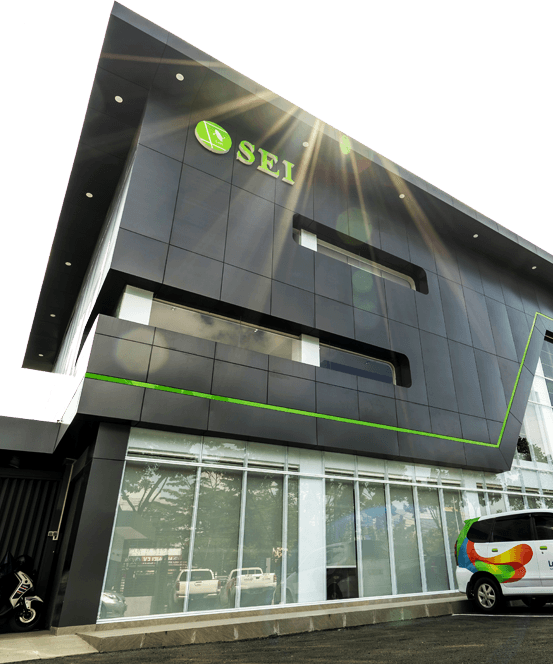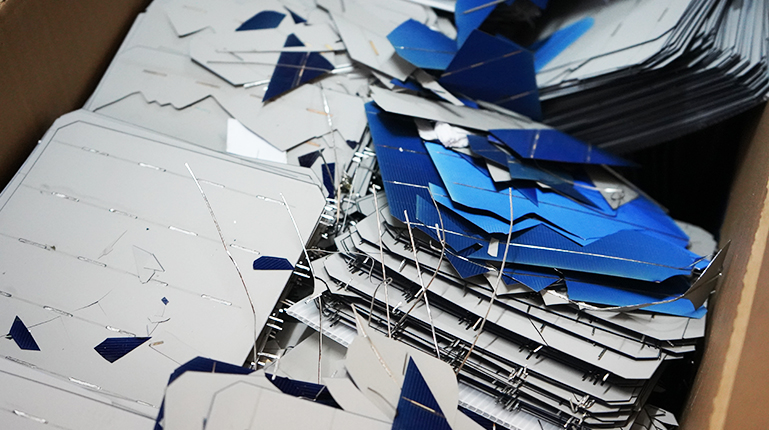
It Turns Out This Is How Solar Panel Waste Management Works
With the increasing development of renewable energy technology, solar panels have become one of the main solutions to reduce dependence on fossil fuels. PT Surya Energi Indotama (SEI), as one of the Pioneers in the new and renewable energy industry, especially solar energy in Indonesia, is committed to managing waste from solar panels in an environmentally friendly manner and in accordance with applicable regulations.
In the process of producing and using solar panels, there are several types of Hazardous and Toxic Materials (B3) waste produced, including:
1. Solar Cell Reject
Solar cells that do not meet quality standards and cannot be used in solar panels. These cells often contain hazardous chemicals such as silicon and heavy metals. In addition, they are categorized as B3 waste because their sharp texture can be dangerous and injure those who hold them if they do not use special gloves.
2. Flux and Riz
Chemicals used in the soldering process and manufacturing of solar panels. Flux containing hazardous chemicals can become B3 waste if not managed properly such as after its expiration date has expired which can cause irritation.
3. Backsheet
The protective back sheet of a solar panel is made of plastic or composite material. Unused backsheets contain chemicals that can pollute the environment.
4. Tin Metal
Used in soldering processes and as a component in solar panels. Tin metal in waste can potentially pose health and environmental risks if not managed properly and takes a long time to decompose if simply thrown away.
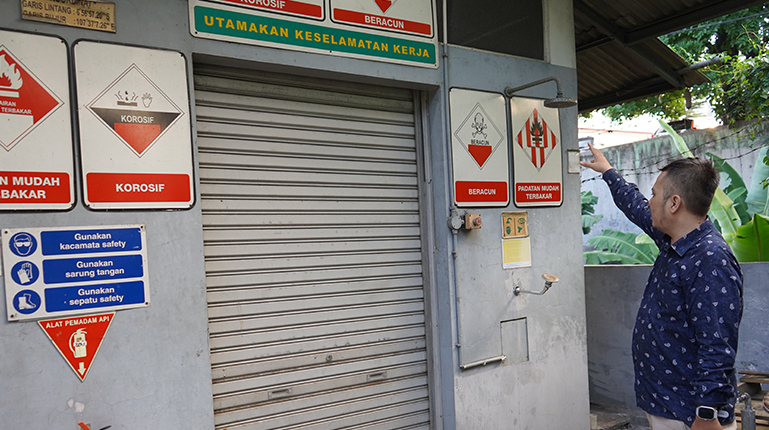
B3 Waste Management
PT Surya Energi Indotama has implemented strict B3 waste management procedures to ensure that solar panel waste is handled in a proper manner and minimizes negative impacts on the environment. The following are the main steps in B3 waste management:
1. Sorting and Collection
Waste from solar panels is sorted based on its type and characteristics. Reject solar cells, flux and riz, backsheet, and tin metal are collected in special containers according to their type.
2. Handling and Storage
After being sorted, B3 waste is stored in a temporary storage area (TPS) that meets safety and environmental standards. This TPS is designed to prevent contamination and leakage that can harm the environment.
3. Processing and Recycling
The collected B3 waste will be further processed for processing or recycling. Solar cells that are no longer usable may be processed to extract valuable materials or sent to a licensed hazardous waste treatment facility.
4. Reporting and Documentation
PT Surya Energi Indotama routinely reports the amount of B3 waste produced and managed to the authorities. This documentation is important to ensure compliance with regulations.
After the storage period at the TPS, B3 waste will be transported by PT Prasadha Pamunah Limbah Industri (PPLI), which is a third party competent in B3 waste management. PPLI will take over the responsibility for transporting waste to the appropriate processing facility, ensuring that all steps are carried out in accordance with applicable regulations and standards.
The management of B3 waste from solar panels is an important aspect of PT Surya Energi Indotama's environmental responsibility. By following strict procedures in waste sorting, collection, storage, and processing, the company not only complies with existing regulations but also contributes to environmental protection efforts. Collaboration with PPLI for further transportation and processing ensures that B3 waste is handled in a safe and efficient manner.
